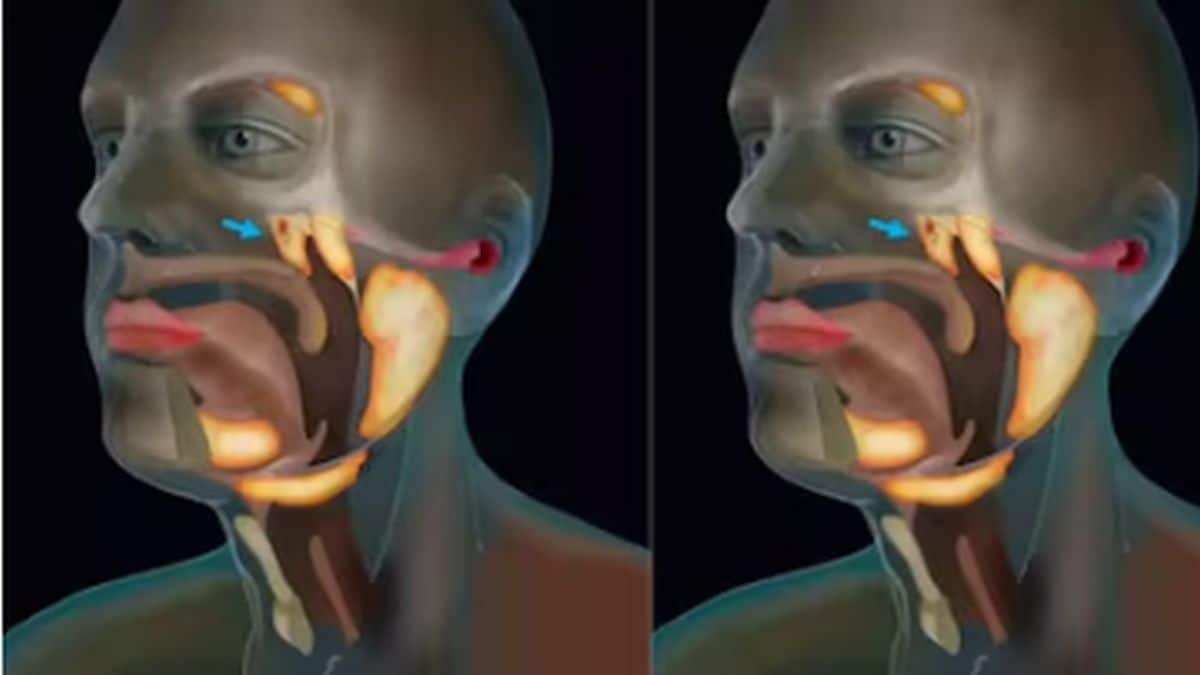As of 16 March, there are 118 people infected with the new Coronavirus (SARS-CoV-2, also known as HCov-19) in India, according to media reports. Eighteen of them are foreign nationals and 100 are Indian nationals. The latest state to report a case was Odisha, taking the total number of states with the infection to 15. The highest number of cases are currently in Maharashtra at 37, followed by Kerela which has 24. [caption id=“attachment_7868241” align=“alignleft” width=“380”]  Representational image. Getty Images[/caption] So far, 13 of the patients have recovered. The death toll in India has been arrested at two, one in Karnataka and the other in New Delhi.
Indian efforts
The Indian government declared COVID-19 a notified disaster on 14 March. So state governments can now use more funds from the State Disaster Response Fund (SDRF) to contain the spread of this infection and fight the virus. On a state level, the worst affected states have shut down schools, universities, theatres, gyms, malls and swimming pools. The Delhi Chief Minister has also announced that mass gatherings of over 50 people are banned for now, excluding weddings. Kerala has launched checkpoints at state borders to check everyone coming into the state. The state is also arranging for mid-day meals to be home-delivered to children till the schools reopen. India’s efforts haven’t only been limited to inside its country’s borders, though. Prime Minister Narendra Modi announced the setting up of a rapid response team of doctors and specialists who will be at the disposal of the South Asian Association for Regional Cooperation (SAARC) nations. He also pledged $10 million (about Rs74 crore) for the same.
New research
Last month it was established that the virus, if it functions the way the other Coronaviruses (like SARS) do, may be able to survive on some surfaces for nine days. Now, a new study published in the New England Journal of Medicine compares SARS-CoV-1 and HCov-19 and claims that HCoV-19 (COVID-19 causing virus) can stay in the air, in aerosol form, for up to 3 hours post-aerosolisation. Example, if an infected person sneezes, the virus could stay in the air for three hours afterwards. It also states that the new coronavirus could be detected on copper surfaces up to 4 hours, cardboard up to 24 hours and plastic and stainless steel up to two to three days. As the virus spreads further, social isolation and self-quarantine may become even more essential to contain the infection.
Also read: **_Do's and don'ts of self quarantine_**
Global situation
Almost 170,000 cases of Coronavirus across 146 countries have been confirmed as of 16 March. Out of these, 6,513 have resulted in death and over 77,000 have recovered completely. WHO announced that Europe is now the epicentre of the Novel Coronavirus infections - with Italy’s death toll alone reaching 1,809. Many other countries have shut down borders and implemented a 14-day compulsory quarantine for incoming passengers. For more tips, read our article on Coronavirus_._ Health articles in Firstpost are written by myUpchar.com, India’s first and biggest resource for verified medical information. At myUpchar, researchers and journalists work with doctors to bring you information on all things health.


)

)
)
)
)
)
)
)
)



